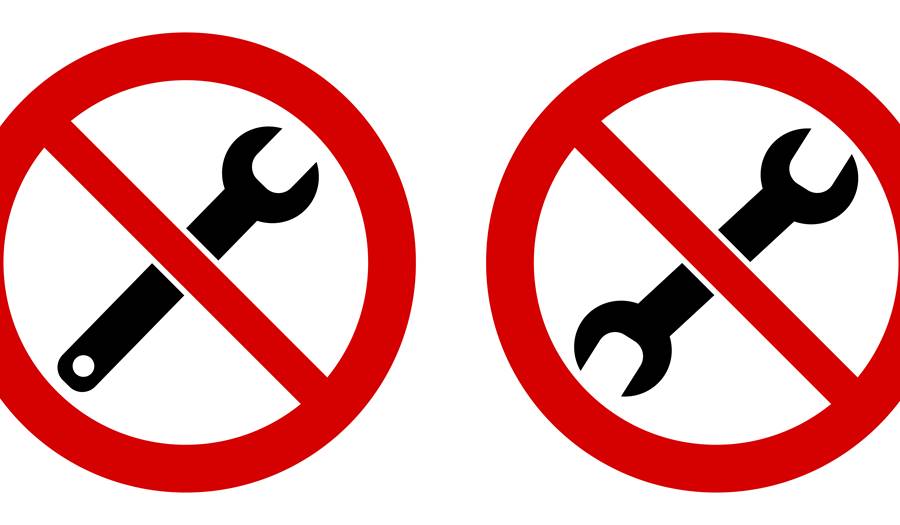
Fixing isn't Always the Answer
6/11/2019
When your partner is struggling with something, a natural tendency is to step in and try to “fix” whatever is wrong. This usually involves advice around the need to take some kind of action. Afterall, we don’t like it when we see our partner in pain, sadness, anger, frustration….
When our partners are in these kinds of emotional states, some of us see a fire that needs to be put out…now! “Quick, there’s a fire over there, grab the hose, put it out before it spreads!”
Within every relationship, there tends to be one person who is “the fixer.” Although, this tendency can certainly be found in anyone. The “fixer” often judges emotions like anger and sadness as “bad.” The fixer’s solution is “to do” something to help make these emotions go away.
Have you ever proposed what you think are wonderful solutions to your partner’s “problem” only to see the sadness or anger intensify? That’s a really good clue that this ain’t the time for fixing!
Emotions like anger and sadness are the body’s way of responding to a specific circumstance. With anger, there is usually some kind of boundary that has been crossed. With sadness, some kind of loss.
The most direct route to experiencing happiness and joy again is to allow your partner to experience the full force of their anger or sadness. The body knows this. And, when a well-meaning partner steps in try and short circuit this process with a “fix,” the body knows what is happening and resists – often ramping up the anger or sadness as way of saying “No, getting to sunnier days means letting the storm clouds do their thing first!”
The good news is there is a way that each of you can navigate through these rough seas that will help grow your relationship and increase your intimacy.
For the partner in distress, if you are able, let your partner know up front what it is you want from them. If you aren’t looking for a “fix” tell them that.
It may sound something like this, “Honey, I’m having a really challenging time with someone at work. I just need to vent. Could you just listen for a while, I’m not really looking for advice?”
For the partner looking to provide support, ask your partner what they want. “Just to be clear, how can I best support you? Do you want some advice or are you just looking to vent to someone who really cares?”
A conversation that doesn’t involving “fixing” involves simply “being with” your partner. It may involve words of affirmation like, “I can see why you’re so angry” or “It’s okay to be sad.” Simply letting your partner know that you are there for there for them, you hear them, and that they aren’t wrong for feeling their feelings can go a long way in bringing you closer together as a couple.
You may be tempted to lean in and give some physical assurances like a hug. Tread lightly here as well. Hugging can have the same effect as “fixing.” When your partner is experiencing emotional pain, it is again best to ask what they need from you. Ask before hugging. Explain that you’d like to express your love and support with a hug and that you aren’t trying to fix anything. And, then, respect your partner’s answer.
Of course, there are times when your partner may really want you to just tell them what to do, to take care of them. It’s just that for many of us, the default is “to fix.” And, when that doesn’t work or isn’t welcomed with open arms, we can get resentful and disconnected from our partner.
When you can set aside what you think is best, and get really clear on what your partner wants, your relationship will thank you.
To learn more about couples coaching, click here.